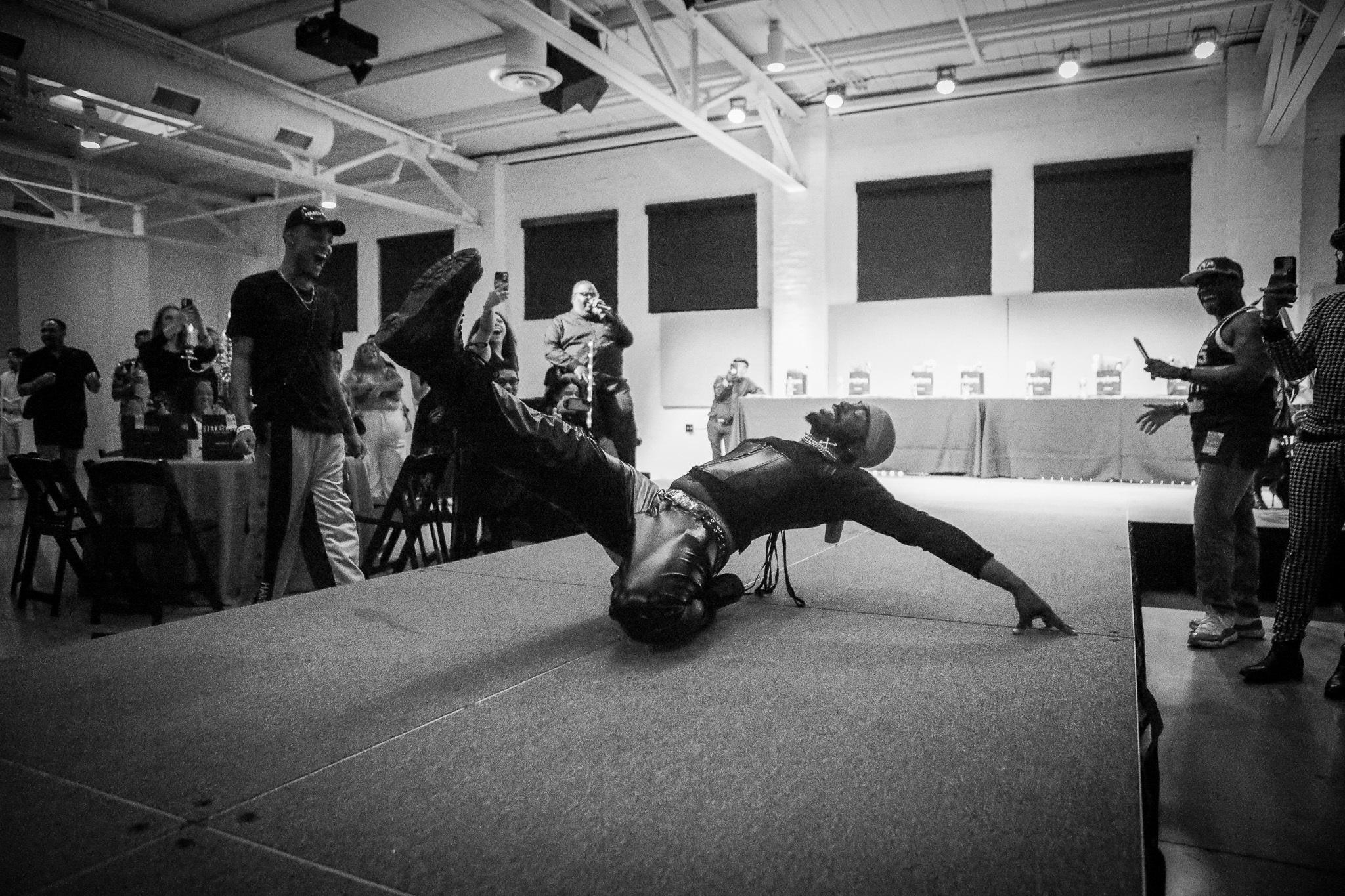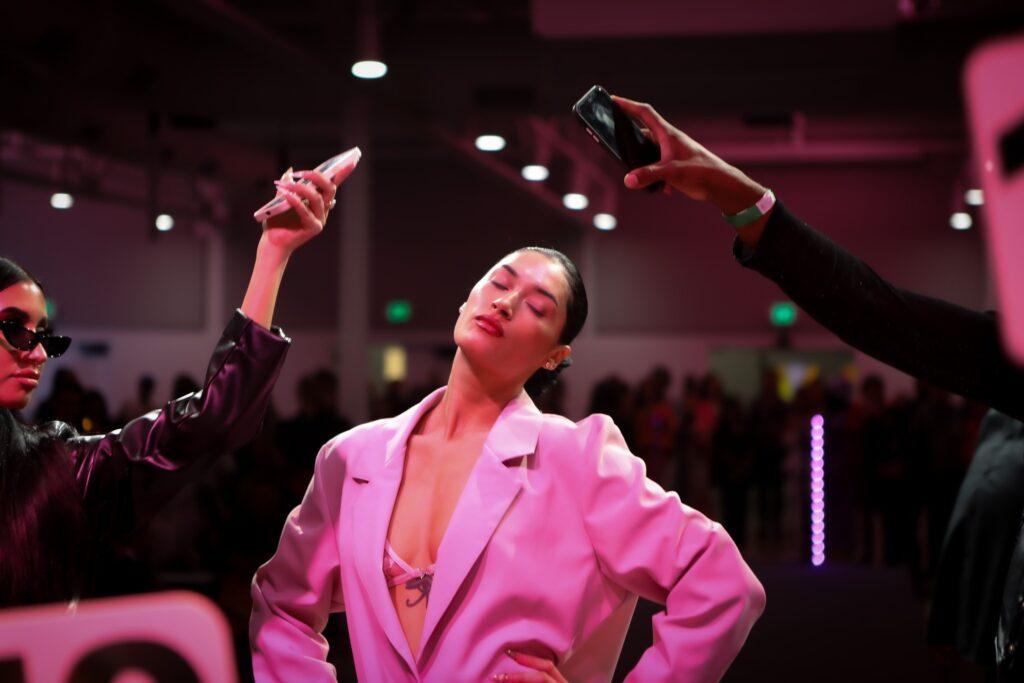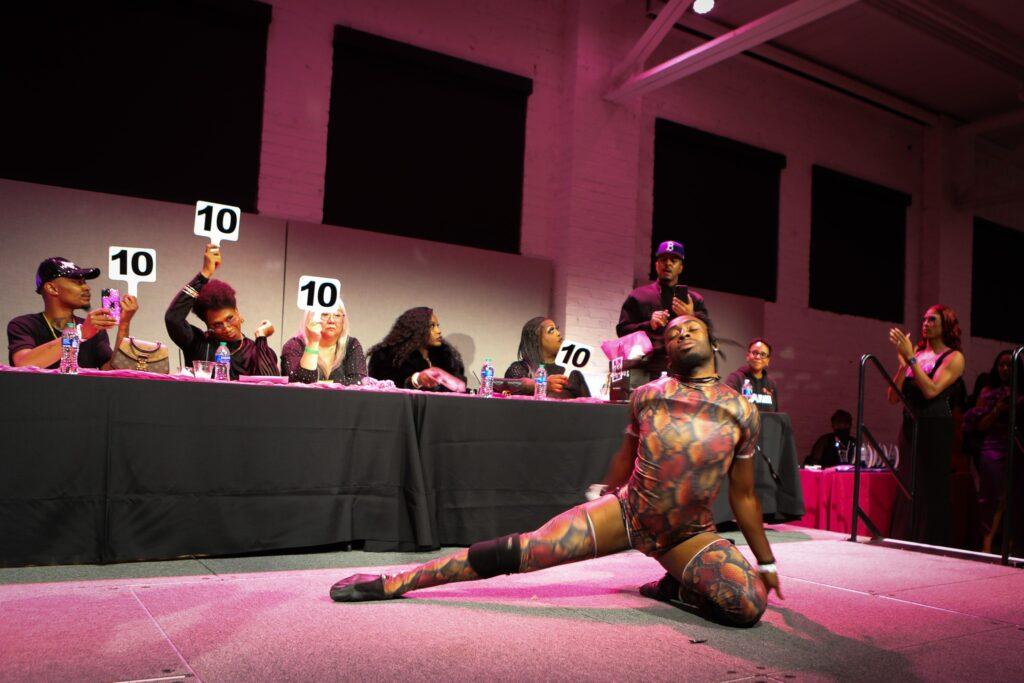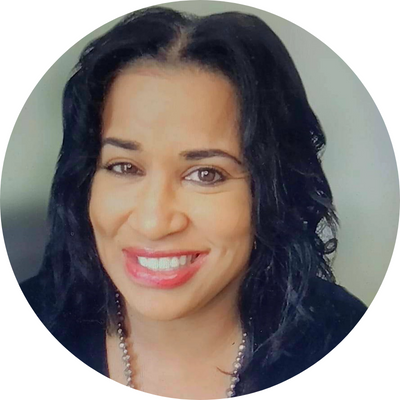
Madonna’s hit song “Vogue” helped bring the highly-stylized dance to the mainstream in the 1990s, but many people still don’t know that the moves she helped popularize dated back decades earlier. Ballroom or ball culture, is a Black and Latino LGBTQ subculture that traces its beginnings as far back as 1920s Harlem as a defiant response to racism, homophobia, and transphobia inside and outside of that community.
A Black transgender woman named Crystal LaBeija is responsible for its more contemporary revival in the 1960s in New York City. Groups form “houses,” which emulate biological families, that include “parents” and “children” who compete at lively events known as balls. There, participants compete for recognition and prizes in various categories and “walk” a runway or a stage to display their creative attire.
For a more current reference, think Beyonce’s Renaissance Tour meets RuPaul’s “Drag Race” on steroids. This underground world is highlighted in the popular TV series “POSE,” and in the documentary “Paris is Burning,” but enthusiasts say both only convey a mere fraction of the fierceness that is the ballroom scene.
Ballroom culture, or simply ballroom, continues to thrive across the country, including here in Colorado. While it centers largely around these fierce and fabulous competitions, many enthusiasts say it’s also about creating safe spaces for Black and Latinx members of the LGBTQ+ community to be their authentic selves and find community.
A mix of ballroom culture experts recently sat down with Colorado Matters Host Chandra Thomas Whitfield to discuss its impact and influence on Colorado and American Culture overall.
Michael Roberson is a New York City-based university professor, advocate, activist, artist, curator, and leader within the LGBTQ community. He is also the co-creator of the nation’s only Black gay research group and the National Black Gay Men’s Advocacy Coalition. Davry Glamm Lauren is a professional dancer with Cleo Parker-Robinson Dance Theatre who is widely considered an architect of Colorado’s ballroom scene. Dominique Jackson, who stars in the FX television series, “Pose,” which highlights the culture, has been described as an iconic “Ballroom Hall of Famer.”
Here are some of the highlights from their conversation.
On the evolution of ballroom culture
“Initially houses were named after five women and it was mother/ daughter, but then in 1973, the very first gay man walked a ball named Erskine Christian. He walked for Models Magazine and it entered gay men to participate. And then you begin to see houses out of Brooklyn being created, House of Chanel, House of Ebony, to bring a certain kind of masculinity in ballroom. Then houses became mother, father, and children. And houses have saved lives when you think about the AIDS epidemic when there was no one addressing our issues, it was these houses and house parents who organized, who mobilized, who got monies together to bury people, to take care of people. Houses have built people up, houses have sent people to college.”
– Michael Roberson, New York City-based university professor, advocate, activist, artist, curator, and leader within the LGBTQ+ community.

On Colorado’s burgeoning ballroom scene
“When I moved to Denver from Ohio in 2013, I used to go around to all the gay clubs. I was definitely a club kid growing up, so when I moved here, I was still in that zone because that's what I was used to. And when I went out, I didn't see anything like me, but that didn't stop me. I would just go vogue in a corner, like this is what I'm doing, regardless. If the beat drops, I'm going to be squatting somewhere in a corner or in the middle of the floor. People started acknowledging that, but they didn't know what I was doing. Some people knew what it was, but they didn't know how to do it. So, I just felt alone honestly in the ballroom culture; not in the LGBTQIA+ community. But I just kept going with it and then one club had a ball and we attended this ball and realized that this community needs some help because they don't know what to do. They all just watched the television series Pose.”
– Davry Glamm Lauren, Denver-based ballroom enthusiast and professional dancer with Cleo Parker-Robinson Dance
“As long as I've been in ballroom, now I can choose which balls I want to go to, so I get the best experiences. I love what Colorado is doing, the feeling of a new scene, congregating, organizing, and creating safe spaces. I call it recreating the ‘Black church’ for other folks; the call and response. You talk about voguing, Madonna nationalized it and put it in the landscape and put it in the main mainstream, but the fact of the matter is that two Black women entertainers, Jodi Watley and Queen Latifah had voguing in their videos in 1987. I say that only to say, to see this sort of Black space created in Denver, it’s very different than certain spaces in Europe. So, just to feel that Black pride is just a remarkable feeling.”
– Michael Roberson, New York City-based university professor, advocate, activist, artist, curator, and LGBTQ+ community leader.
On ballroom culture’s impact on pop culture today
“Now you look at today's rappers and they all have got skinny jeans on regardless if they're in rock or not. They have blinged-out belts, they have accessories that are just so avant-garde. They're at fashion shows wearing the most, and it looks very ballroom and now it's accepted. Twenty-three years ago, it wasn't like that. Even if somebody doesn't want to say it, I feel like ballroom – and the queer essence – has slowly creeped into the mainstream.”
– Davry Glamm Lauren, Denver-based ballroom enthusiast and professional dancer with Cleo Parker-Robinson Dance

“If you watch every reality TV show that's Black, those Black cis[gender] women are talking like Black gay men and are dressing and performing – not just like Black trans women – they're dressing and performing like Black trans women from ballroom because a lot of them have makeup artists, hairstylists, and choreographers who are ballroom: Black, Latinx, gay men. And they're taking these pictures and they're taking these videos (for social media) and they're bringing this into the (mainstream) culture.”
– Michael Roberson, New York City-based university professor, advocate, activist, artist, curator, and leader within the LGBTQ community.
In the sense of community, ballroom culture creates among Black and Latinx members of the LGBTQ+ community
“Just like we (African Americans) did as slaves and we found the Underground Railroad, we found ballroom. We got ballroom to be that space where we could be free, where we could be ourselves. And when we talk about ballroom, you're talking about the fabulousness of ballroom. You also have to get to the concept of family. And that family is not just some family that goes, 'Hey, you’re my sister girl' and we'll cut you down the next day. No, this is a family where mothers and fathers actually sacrificed themselves, their bodies for their kids to be able to have education for their kids to eat right. These kids that were ostracized put out of their own families, these mothers and fathers in ballroom took them in and created this space.”
- Dominique Jackson, ballroom enthusiast, actress in the FX TV series, Poise









